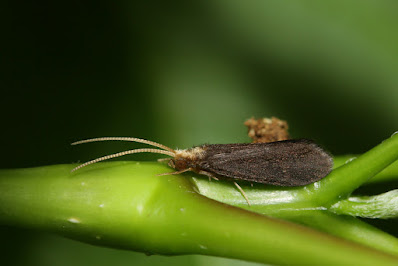In 2005 the scientific view was that "... the movement of transgenes beyond their intended destinations is a virtual certainty" (quoted in Ellstrand)
Gene escape from GM crops is something environmental activists have done a lot of shouting about. However, although regulatory lip-service is paid to it in risk assessments, the consequences of walk-about genes seem to be swept under the carpet. The biotech mindset is that artificial genes (including edited ones) will only do what they've been constructed to do wherever they end up: for example, herbicide-tolerance genes will be neutral in the absence of the herbicide, pesticide-generating genes specific to a target pest will be neutral in the absence of that pest, and anyway artificial genes won't find their way into a comfortable, alternative plant host often enough for it ever to matter.
In real-life, not all GM plants are growing neatly in fields [1] and, where wild relatives grow within pollinating distance of GM plants, gene-pollution of their weedy cousins has been widely reported. Although studies on the ecological consequences of this are thin on the ground, what little information we have is ominous.



